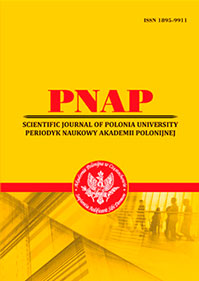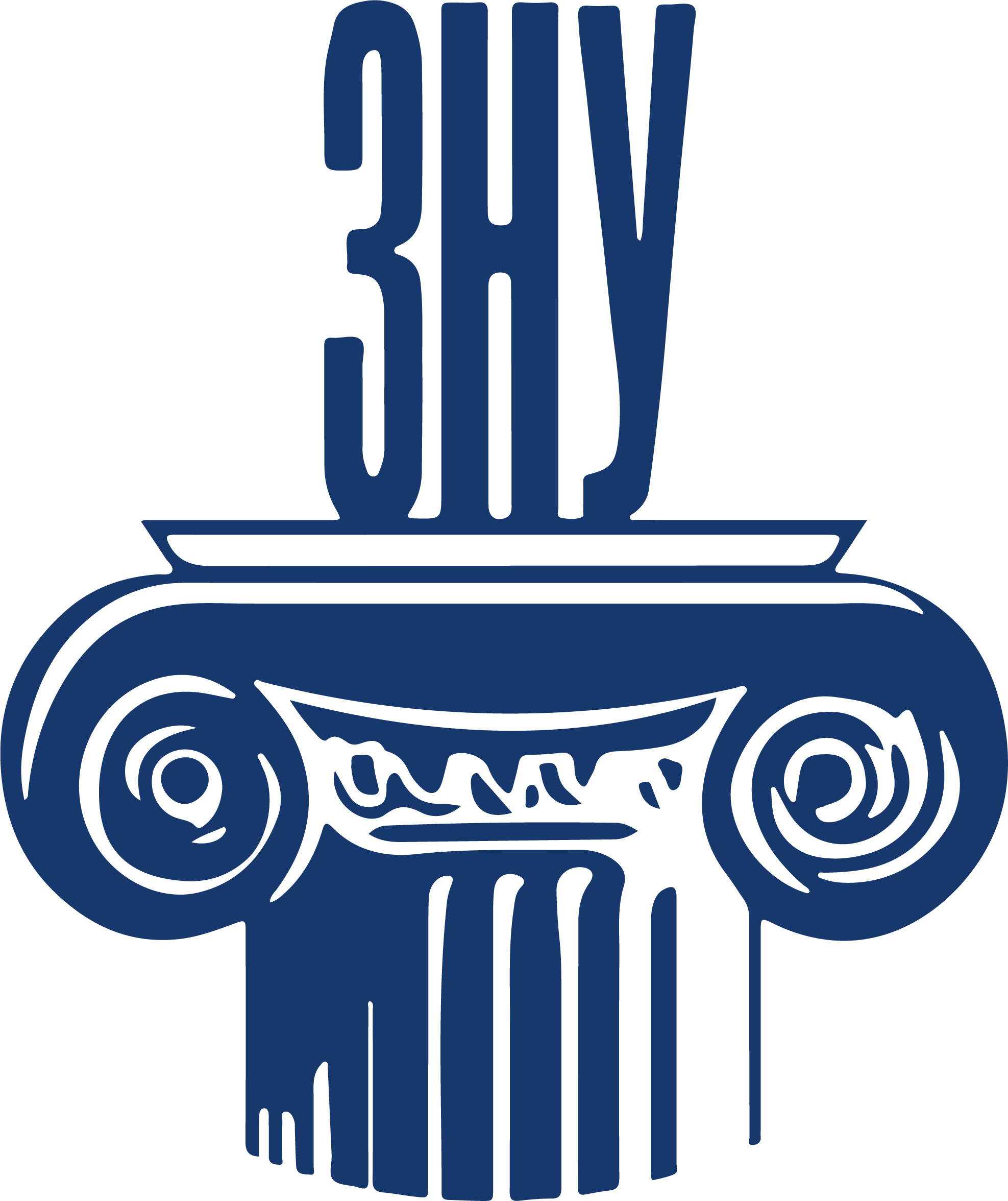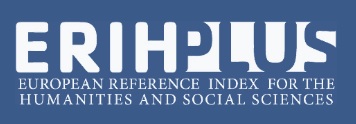LINGUOCULTURAL SPECIFICITY OF BILINGUALISM: ON THE PROBLEM OF THE FORMATION OF THE CONCEPT
Abstract
The article is devoted to the study of the formation of the category of “bilingualism”, as well as the correlation of its manifestations in the communicative and cultural context. The socio-cultural aspects of the evolution of the perception of bilingualism both in the minds of an individual and society as a whole are analyzed. The phenomenon of bilingualism is inherently linguistic, but for the implementation and reflection is reinterpreted and perceived in society as cultural or social and such that affects certain cultural and social processes and is acutely debatable and relevant. Mastery of two languages implies not only the verbalization of the vocabulary, morphological and syntactic units, and categories of these languages, but also the representation of the characteristics and features of a particular ethnic group and its culture, that is, the cultural context. It is traced that the level of proficiency of an individual in two or more languages is varied, and equivalent proficiency is impossible. The leading position is always taken by the native language. It is also noted that learning another language (foreign, non-native) attracts the individual to the process of acculturation. This will further form the sociocultural factor of the phenomenon of bilingualism and affect both the individual and society. We should separately consider the aspect of the influence on the level of language learning in the context of a person’s presence in a specific communicative situation, which requires knowledge of a certain level of words. Let us also emphasize that in the era of globalization, the interaction of civilizations and cultures, the increased intensity of various types of communication with simultaneous processes of self-identification of ethnic groups by common language there is a need to clarify many related concepts, in particular, such as interference, diglossia, polyglossia, and others to understand the causes, nature, and mechanisms of the emergence and functioning of these phenomena in the environment of society. This will make it possible to develop several recommendations and activities that will contribute to the expansion of the use of several languages while maintaining the position of the native language. Consideration and research of the above-mentioned linguistic practices of bilingualism in the future can become a way to rethink and overcome the difficulties of the etno-semantic level in the process of intercultural communication.
References
2. Weiss A. Hauptprobleme der Zweisprachigkeit. Heidelberg : Carl Winter Universitätsverlag, 1959. 214 р.
3. Ханазаров К. Критерии двуязычия и его принципы. Проблемы двуязычия и многоязычия. Москва : Наука, 1972. С. 119–124.
4. Розенцвейг В. Языковые контакты. Ленинград : Наука, 1972. 80 с.
5. Верещагин Е. Психологическая и методическая характеристика двуязычия. Берлин : Директ-Медиа, 2014. 162 с.
6. Вайнрайх У. Языковые контакты. Пер. с англ. и ком. Ю. Жлуктенко. Киев, 1979. 264 с.
7. Щерба Л. О понятии смешений языков. Избранные работы по языкознанию и фонетике. Ленинград, 1958. С. 40–53.
8. Белянин В. Психолингвистика. Москва : МПСИ, 2003. 232 с.
9. Yumoto K. Study of Cognitive Level of Bilingual Proficiency: What Makes Balanced Bilinguals? The Journal of Asia TEFL. 2004. Vol. 1. № 2. P. 135–160.
10. Леонтьев А. Психолингвистические единицы и порождение речевого высказывания. Москва : КомКнига, 2005. 312 с.
11. Загнітко А. Сучасні лінгвістичні теорії : монографія. Донецьк, 2007. 219 с.
12. Bloomfield L. Language. New York, 1933. 564 p.
13. Уорф Б.-Л. Отношение норм поведения и мышления к языку. Новое в лингвистике. Москва : Прогресс, 1960. Вып. 1. С. 135–198. URL: https://lingvotech.com/otnoshenienor.
14. Федорчук Т. Культурна ідентифікація білінгвів. Наукові записки Національного університету «Києво-Могилянська академія». Філологічні науки. 2004. Т. 34. С. 6–10.
15. Ferguson C. Diglossia. Word. 1959. № 15. P. 325–340.
16. Михайлов М. О разновидностях двуязычия. Двуязычие и контрастивная грамматика : межвузовский сборник научных трудов. Чебоксары, 1987. С. 4–8.
17. Жлуктенко Ю. Мовні контакти. Проблеми інтерлінгвістики. Київ : Вид-во Київ. ун-ту, 1966. 135 с.
18. Хауген Э. Языковой контакт. Новое в лингвистике. Москва : Прогресс, 1972. Вып. 6. С. 61–80.
19. Інтерференція. Українська мова : енциклопедія. Київ : Вид-во «Українська енциклопедія ім. М.П. Бажана», 2000. 752 с.
20. Cenoz J. Defining Multilingualism Annual Review of Applied Linguistics. Cambridge University, 2013. Р. 3–18. URL: https://www.academia.edu/30660659/Defining_Multilingualism.
 ISSN
ISSN 


.png)



